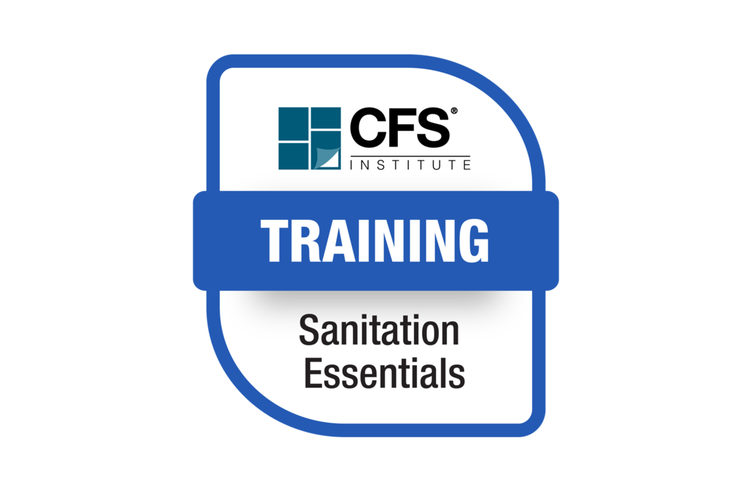The importance of effective and efficient sanitation in food processing: a critical component to food safety

Sanitation in food processing is not just a regulatory requirement but a fundamental pillar that ensures the safety and quality of food products. Effective and efficient sanitation practices are crucial in preventing contamination, safeguarding public health, and fostering a strong food safety culture. This article delves into the significance of sanitation in food processing and its role in achieving food safety and quality.
Preventing contamination
One of the primary objectives of sanitation in food processing is to prevent contamination. Contaminants can be biological, chemical, or physical, and can pose significant risks to food safety and adversely impact food quality. Biological contaminants include bacteria, which can cause foodborne illnesses or lead to product spoilage. Chemical contaminants might involve cleaning agents, pesticides, or unintended allergens, while physical contaminants could be foreign objects such as metal or plastics.
Effective sanitation practices help mitigate the risk of contaminants in food processing environments. This includes routine cleaning and disinfection of food processing equipment, tools, and the environment, as well as periodic deep cleaning. By achieving and maintaining a clean environment, food processors can significantly reduce the risk of contamination and ensure that the food products are safe and with the expected shelf life.
Controlling microbial growth
Microbial control is a critical aspect of sanitation in food processing. Microorganisms such as Listeria, Salmonella, Campylobacter, yeasts, and moulds can proliferate in food processing environments, leading to spoilage and foodborne illnesses. Effective sanitation practices are essential in controlling microbial growth and ensuring food safety and quality.
Routine cleaning and sanitising of equipment, tools and the environment helps to control microbial contamination. Additionally, maintaining proper temperature and humidity levels in processing areas is critical to microbial growth.
Implementing a solid environmental monitoring program will help detect early contamination of the environment and allow it to be addressed promptly.
A strong sanitation program ensures that the investment in production results in a high-quality final product.
Enhancing product quality
Sanitation also plays a vital role in enhancing the overall quality of food products. Contaminants can affect the taste, texture, and appearance of food, leading to inferior products that do not meet consumer expectations. By maintaining a clean processing environment, food processors can ensure that products are of the highest quality.
Moreover, effective sanitation can extend the shelf life of food products. Contaminants can accelerate spoilage and reduce the time that products remain safe for consumption.
Fostering a strong food safety culture
A robust food safety culture is integral to the success of sanitation efforts in food processing. It involves integrating a sanitation mindset into everyday practices and decision-making at all levels of the organisation. To set sanitation up for success, leadership is key and food safety representation in the leadership team is required. A clean factory, clean equipment and clean processing environment foster a mindset of good hygiene and tie into food safety culture.
Strong sanitation programs
Sanitation programs should be specifically designed to manage the risk associated with the product, the equipment and the environment. The program should include a routine sanitation process, which happens daily or weekly, depending on the product and risk, as well as periodic cleaning to manage build-up in areas that cannot be reached during routine sanitation. These areas can be hygienic design flaws in equipment that need periodic attention, or environmental issues such as overhead structures.
A strong program ensures that the investment in production results in a high-quality final product. Many are seeking a magic bullet to make facility cleaning way faster and easier, but the truth is it comes down to the tried-and-true methods we have been following for decades. The most successful process follows a seven-step sequence, and the importance of a well-sequenced process is often underestimated.
While a successful sanitation program starts with leadership, knowledge, training, coaching, providing fit-for-purpose tools and sufficient resources, implementing equipment that is hygienically designed is the next most important and enabling element for success.
Conclusion
Effective and efficient sanitation in food processing is a critical component of food safety. It controls microbial growth, prevents contamination, enhances product quality and fosters a strong food safety culture as a result. Sanitation must be prioritised to protect consumers and uphold the integrity of the product.




